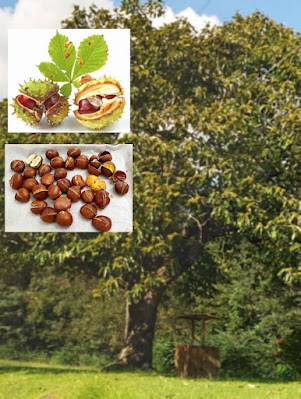The history of football (soccer) spans thousands of years and involves different cultures contributing to the development of the game. Here’s a summary of key milestones:
- China (3rd–2nd century BCE) :
The earliest known version of football, Cuju, was played during the Han Dynasty. It involved kicking a leather ball into a net without using hands.
- Greece and Rome :
Games similar to football, like Episkyros (Greece) and Harpastum (Rome), were played for recreation and military training.
Medieval Europe :
During the Middle Ages, a chaotic and often violent version of football was played in towns across Europe, especially in England. These early games involved large crowds trying to move a ball to a target, with few rules.
Modern Football's Emergence (19th Century) :
- England :
The sport as we know it today took shape in English schools and universities. Different schools had varying rules, so in 1863, the Football Association (FA) was established in London, creating the first standardized rules. This marked the beginning of modern football and distinguished it from rugby, which allowed handling the ball.
- The First Clubs :
Some of the earliest football clubs emerged in England. In 1871, the FA Cup, the world’s oldest national football competition, was launched.
Global Spread :
Football spread quickly across Europe and beyond due to British influence during the colonial era. Clubs and leagues were established in countries such as Italy, Spain, and Argentina in the late 19th and early 20th centuries.
- 1904:
- 1930:
The first FIFA World Cup was held in Uruguay, with 13 teams participating. The tournament has since grown to become the biggest sporting event in the world, attracting billions of viewers.
The Modern Ages :
Football has continued to evolve, with innovations such as goal-line technology, video assistant referees (VAR), and advanced player analytics. Today, it is the most popular sport globally, with competitions like the English Premier League,La Liga, and the Champions League drawing massive audiences.
From it's ancient origins to the multi-billion dollar global industry it is today, football’s universal appeal lies in its simplicity, excitement, and the passion it evokes in players and fans alike.

































